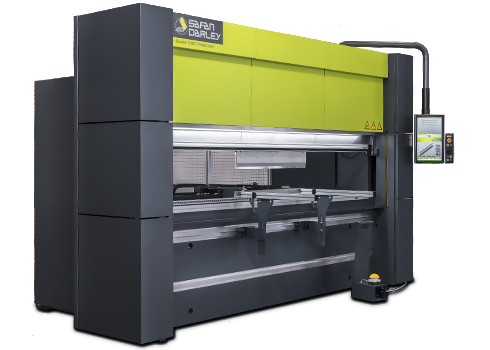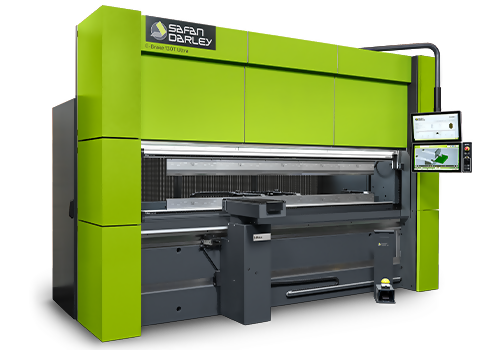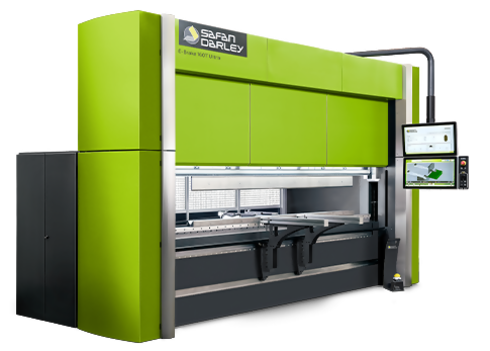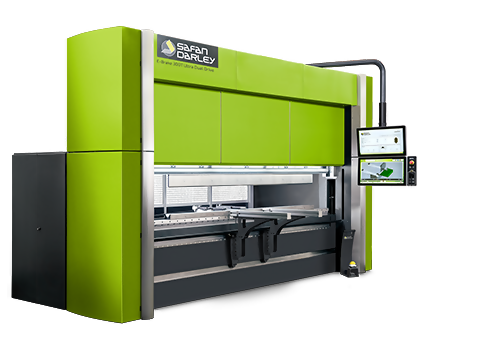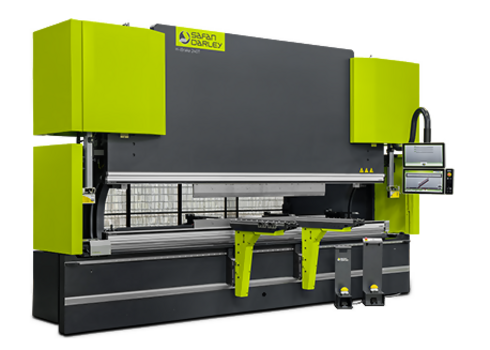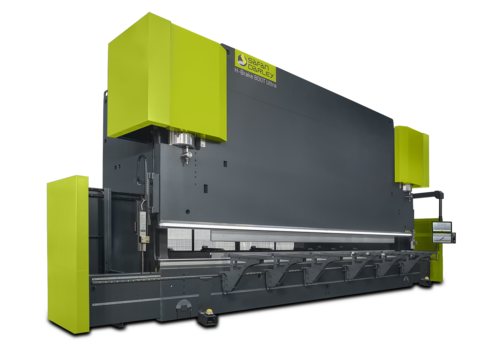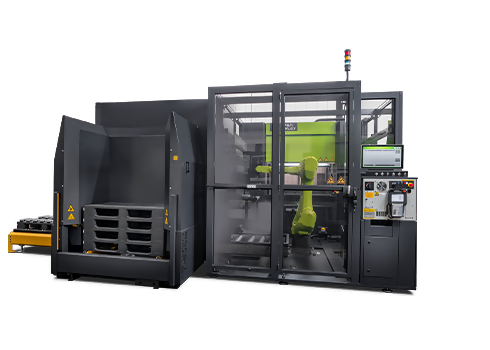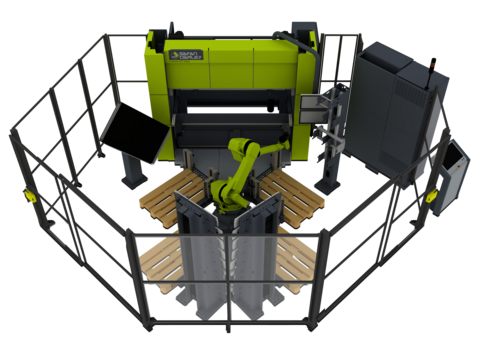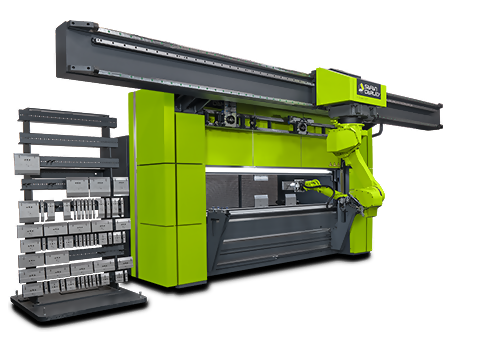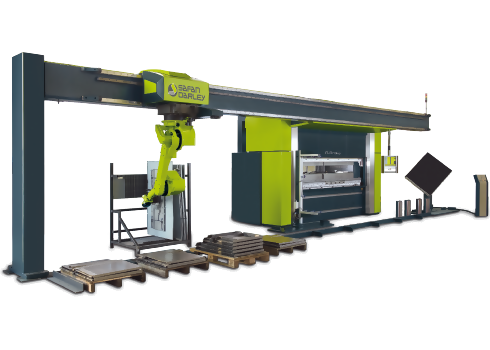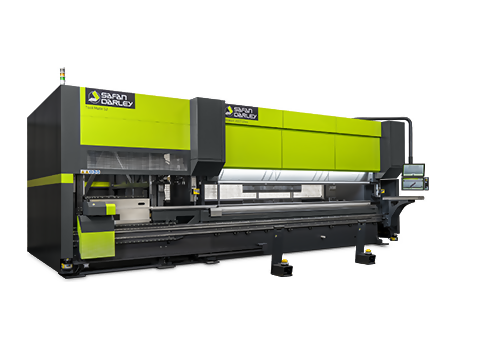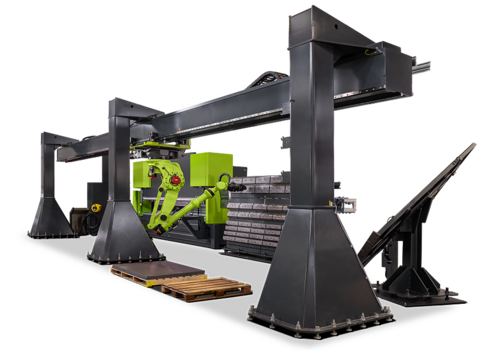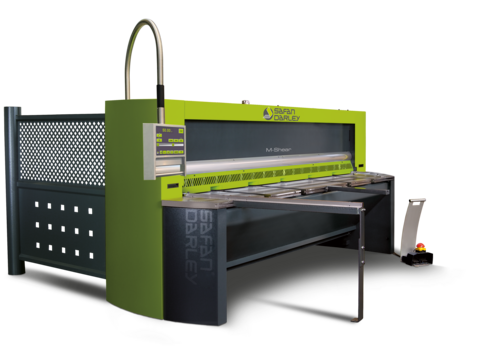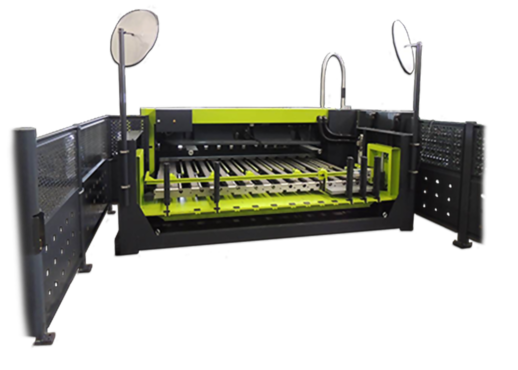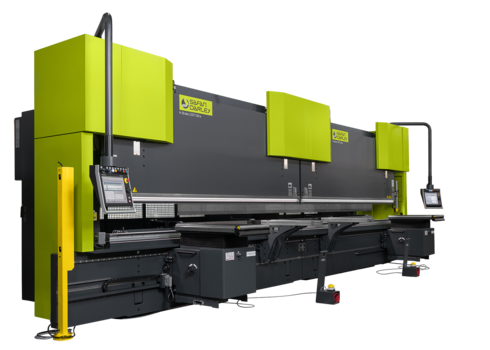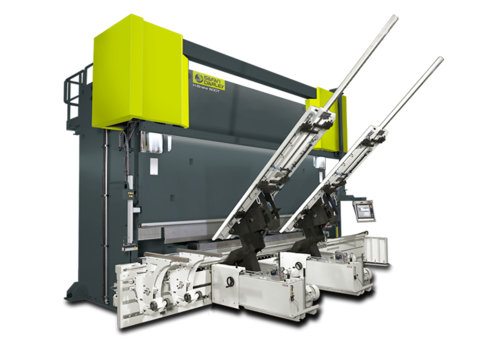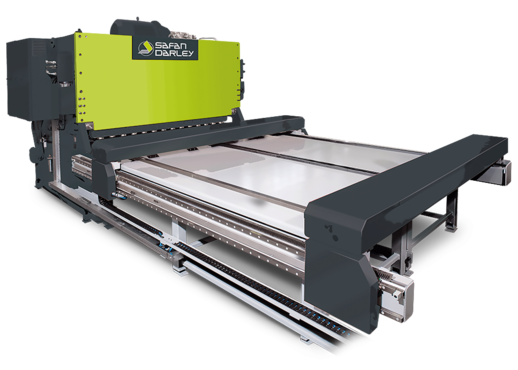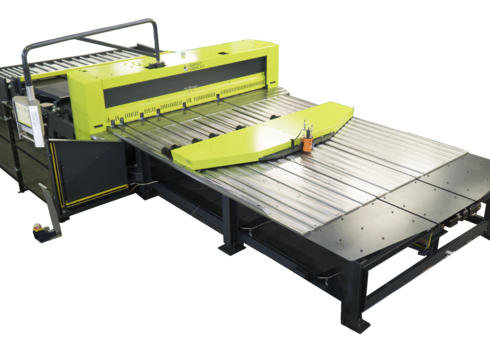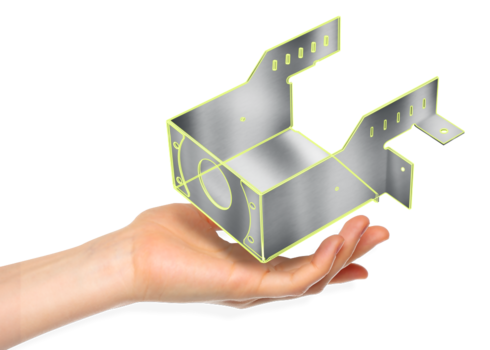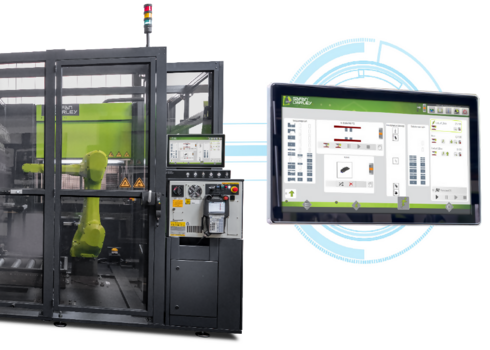
3 Critical Preparations Before You Automate: People

3 Critical Preparations Before You Automate: Process, People, and Products - People
In Part 1 of this blog series, we covered process — specifically, how to review, prepare, and update your company’s processes and documentation before you implement automation. This installment focuses on the people and activities your processes were developed to organize.
The skilled labor shortage within the manufacturing sector has been a dominant trend for the last several decades, reaching a pinnacle in recent years following the pandemic and its economic fallout. For many businesses, identifying and keeping talent on-board is the biggest operational challenge they face.
It’s critical that a business’s key people are properly engaged and trained well in advance of the rollout of new automated processes. With this advance preparation, they can immediately take on new responsibilities and use their talents to compound production. This benefits the business and increases the worker’s value within the marketplace, so it’s important to get this step right.
Here are three topics to focus on so your team is prepared for automation.
Training
Training is the obvious next step once the new processes are finalized and documented in the company’s SOPs and related documentation. While it will not be possible to completely train operators on using the new equipment until it arrives, you can take several proactive steps to move your workforce forward.
Start high level, with the overall process changes and any new changes to the organizational chart. It’s important that everyone understands how roles have changed and how the team fits together. Look in particular at how new operations overlap and where automation makes the biggest impacts. It’s not uncommon for people to experience some role insecurity when major changes take place around them, so it’s best to focus on clarity and resolve any concerns early on.
Once employees have a good understanding of the big picture, take advantage of all virtual training opportunities provided by the OEM. SafanDarley and our business partners, for example, offer a wide range of online automation demonstrations and training opportunities. We also teach more focused courses on sheet metal bending and cutting using our equipment.
These virtual training opportunities are a great way for operators to start learning about the equipment, ask questions, and generally get a better understanding of what they’ll be doing once the equipment arrives. It’s best to start all training activities as soon as the new processes are finalized, so the workforce can have as much time as possible to prepare for their new roles.
Outside of training specifically related to the new automated processes, this is a good opportunity to reassess the company’s overall approach to training and talent development.
Most companies want to do right by their people, but some managers worry about training the competition — when employees take their new skills and walk out the door for a higher paying job with a competitor. I encourage companies to stay away from this line of thinking.
It’s bad for morale if an operator realizes they are only a cog in the machine so to speak, with little opportunity for advancement. A perceived limit on growth and professional development will drive that operator out the door potentially faster than another job offer.
The difference is that people who see their job as a career with high potential are more productive and do higher quality work than those who are just trying to get by until they can land a better job.
And even if you invest in training an employee who leaves for a promotion or more money one day, so what? As a manager, you did the right thing — and it’s always worth it to do the right thing. Also, that employee knows the company did right by them, and over time, your company’s reputation will grow with that employee’s success.
Environmental Upgrades
No one wants to work in a dungeon or a fabrication shop that looks like something out of a horror movie. While your shop floor doesn’t need to look like a palace or be as sterile as an operating room, this is a good time to make a few people-friendly upgrades that make it a better place to work.
There have been numerous reports and studies pointing out that conditions such as poor lighting, inadequate ventilation, and general disrepair have significant impacts on workers’ health and productivity. Why not address those issues now, to get the most out of your automation investment?
Happy employees are much more likely to stick around once the automated operations are up and running.
Compensation
This is a touchy subject given the state of the labor market in manufacturing, but it’s definitely something managers should consider before investing in their employees’ training for the new automated equipment.
Are you paying your people enough? Assess how your rates match up to the broader market before you implement automation, and make corrections if needed, so your key employees are less likely to be picked off once they master their new skills.
The simple truth is that the pay scale has changed a lot in the last couple years, and sometimes manufacturing can be a little slow to adapt. There is just so much competition for talented people who are also hard workers. It’s also worth noting that this applies to both journeymen and people with less experience.
On a recent trip, a member of our team saw a sign outside a business that said “Now Hiring Welders, $12-$15/hour to start with POTENTIAL raises.” Just a mile down the road, I saw another sign outside an Amazon facility that read “Now hiring warehouse associates, $18/hour starting pay.”
Which one sounds better to you?
Maybe that first company is going to treat them better and give them more skills for the long haul, but a prospective worker can’t see that from the road. They are often thinking in stark terms of dollars and cents, and $18/hour solves more problems than $12/hour any day.
As an industry, if we really want to address the lack of skilled labor out there, we need to start paying for the “skill” part of the labor.
Automation doesn’t work without people.
It sounds counterintuitive, but automation depends heavily on your core workforce. Companies need them to stick around, grow their skills, and help develop younger workers. It’s wise to make sure this piece of the puzzle is in place before your equipment is delivered.
Stay tuned for the final blog in this series, which will focus on products. In the meantime, feel free to leave any questions or comments below.
Read more
blogs
In the introductory blog to this series, we discussed how all three elements of manufacturing — processes, people, and products — are equally important and co-dependent on one another. All three elements must be prepared for your company’s automation investment to be successful.
Ironically enough, the process of automating is not even a little automatic. It takes careful, deliberate planning and execution on multiple fronts to get your operation ready to benefit from your automation investment.
